Montevideo, the capital of Uruguay is regarded to be the only capital with a balcony overlooking the sea along 20 kms coastline. Montevideo has consistently been rated as having the highest quality of life among all cities in Latin America.
Get To Know:
It is believed that the name Montevideo (Monte-VI-D-E-O) was derived by Spaniards based on the geographical location on the map, so that the MOUNT (hill) is the VI (6th) mount observable on the coast, navigating Río de La Plata from east to west. With the passing of time, these words were unified to “Montevideo”. In its colonial origins Montevideo was limited to the neighborhoods known as Ciudad Vieja or Old City and was enclosed by a star shaped wall, approximately 10 meters in height of which all that remains now is the Ciudadela (Citadel) gate standing on the West side of the Plaza Independencia. The gate was opened at Sunrise and was closed at sunset. Those who arrived late had to sleep outside those walls, exposed to rat or dog bites or attacks by natives. The wall was demolished between 1879 and 1891.
Before Arriving:
Most citizens can obtain a visa on arrival to Uruguay. The city is served by it’s only airport, Carrasco International Airport (MVD).

Getting To The City:
By Airplane:
The airport is located 19 kms (12 mi) from downtown Montevideo. There are three bus companies and several private taxies connecting the airport with Montevideo City. The trip time to downtown Montevideo by car takes approximately 20 minutes, while by bus it takes 1 hour and 15 minutes.
By Bus:
All busses arriving to the city terminates in Tres Cruces (Three Crossings). More than just a bus terminal — the two-level complex has an upper-level with shops, Western Union (Money Exchange) and food court. Its open from 9:30 a.m. to 12:30 a.m. Busses from the station go to destinations throughout Uruguay as well as International destinations in Brazil, Paraguay and Argentina.
By Boat:
Buenos Aires, the capital of Argentina is the only point from where its possible to get to the city by sea. Buquebus, Seacat Colonia and Colonia Express has a direct service between the two capital cities.
What To See?
The charming city has a lot in store for its visitors, however the prime attractions could be explored in two days.
Ciudad Vieja (Old City):
Ciudad Vieja is an example of the truth that modernization does not neccesarily mean destruction of past. Ciudad Vieja is the most attractive place in the city both from cultural and touristic point of view.
Some of the prime attractions in the Ciudad includes Plaza Matriz (The city’s first square), Peatonal Sarandi (a pedestrian way that allows to travel from one end of the ciudad to the other), Mercado Del Puerto (a 19th-century market building filled with bustling, meat-centric restaurants & bars)
Museums within the ciudad are Rivera House (this neo-classical house was a house of the first President of the country, General Fructuoso Rivera. It is now modified into Museo Historico Nacional (National History Museum). Museum of Precolonial and Native art (MAPI) houses interesting collections of archeological and ethnographic items belonging to different cultures of Latin America. Museo De Artes Decorativas (Museum of Decorative Arts) was built in 1907 on the ruins of the city’s first theatre. The museum exhibits European paintings, sculptures, furnitures and ornaments from XII BC to II AD. The Museo Romantico was once known as the Palace of Marbles, this museum recalls the customs, habits, tastes and traditions of Montevideo’s upper-class society of the 19th and 20th centuries. The carnival Museum is the best place to get acquainted to the Uruguayan culture, the museum displays the design of costumes worn by the outstanding artists of the country. Figari Museum is located in a century old building, Figari Museum is named after one of the best known painters of the country Pedro Figari and exhibits his art work.
Teatro Solis: Solis Theatre is the foremost theatre and opera house in Uruguay. It holds annual ballet, opera and theatre sessions. Its is said that the world’s leading theatre companies and symphony orchestras have honored its stage.
Salvo Palace: The Palace is located overlooking the Plaza Independecia. This was once the tallest building in the continent and the largest reinforced-concrete building in the world.
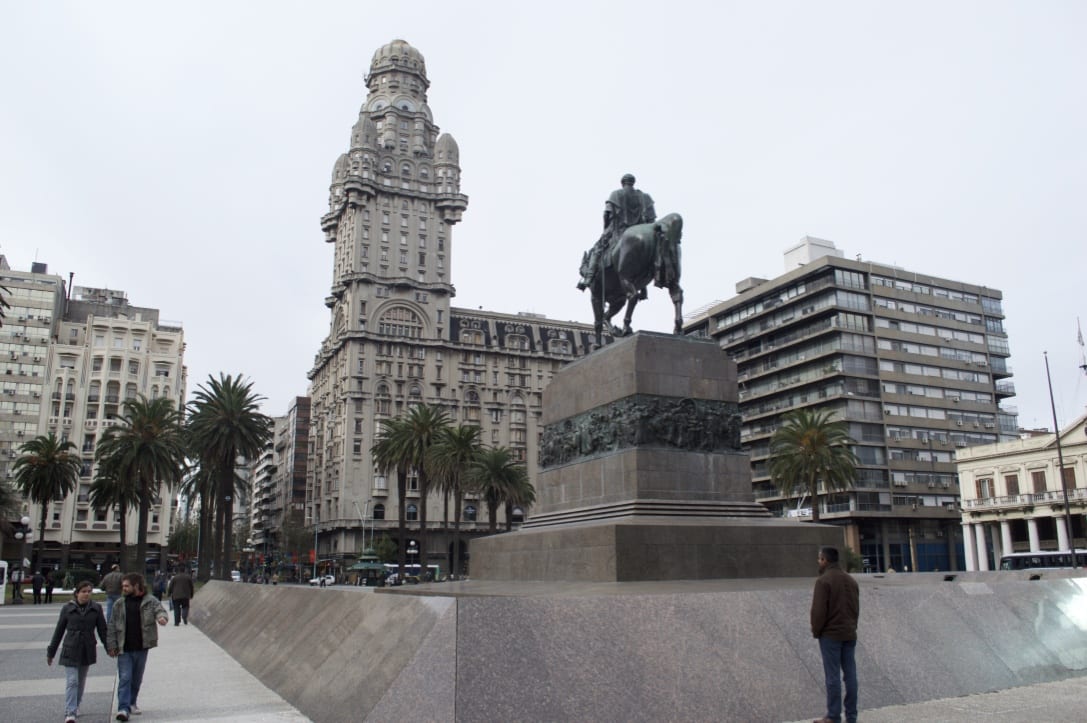
Plaza Independencia: Considered to be the most important public square in Uruguay. Plaza Independencia marks the limits between the old and the new city. At the center of the square sits the statue of Uruguay’s national hero José Gervasio Artigas who is The National Independence Leader of the country.
Aveinda 18 De Julio: The city’s main shopping street, Aveinda 18 De Julio houses some of the most emblematic buildings like Palacio Municipal. Torre del Gaucho, Palacio Lapido, Palacio Diaz etc. The street is chosen by locals to celebrate political and sporting triumphs.
Parque Battle: Spread in 11 hectares, the park is a home to the renowned Estadio Centenario and a monument of Ox cart also known as Carrets which is considered to be one of the outstanding sculptures in the city.
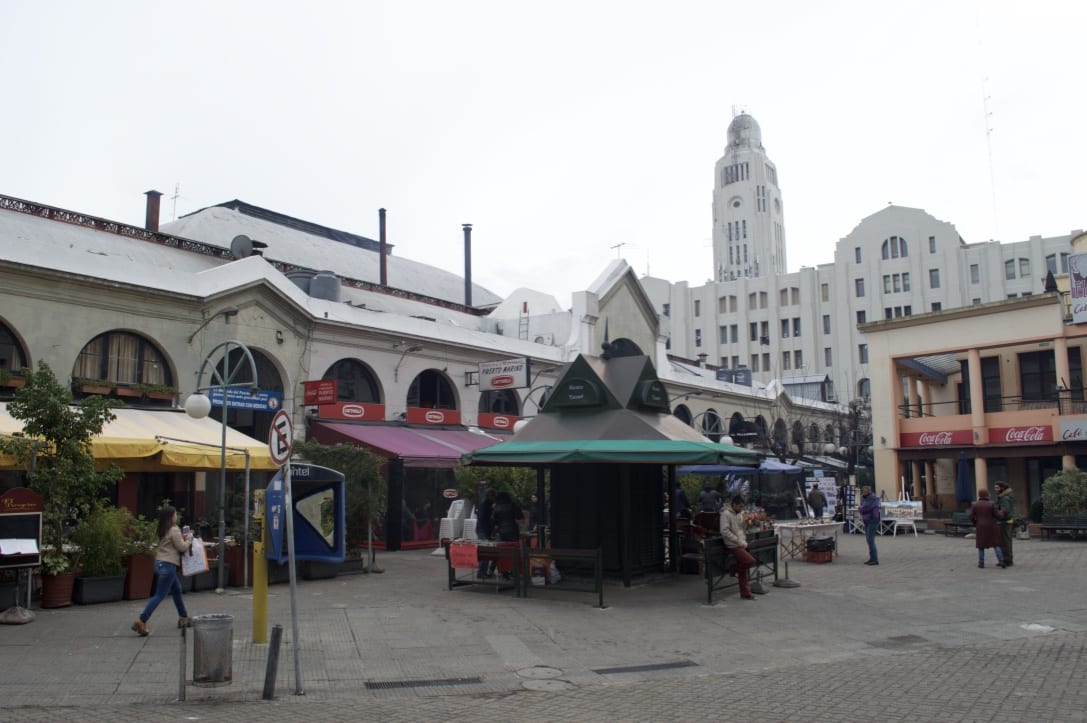
The Rambla Seafront (El Paseo Marítimo): The 20kms avenue runs through most neighborhoods of the city. Its a perfect place to witness some changing landscapes alternating green spaces like Rodó Park, the golf club and Punta carretas Lighthouse with modern buildings and elegant old hotels divided by rocky outcrops.
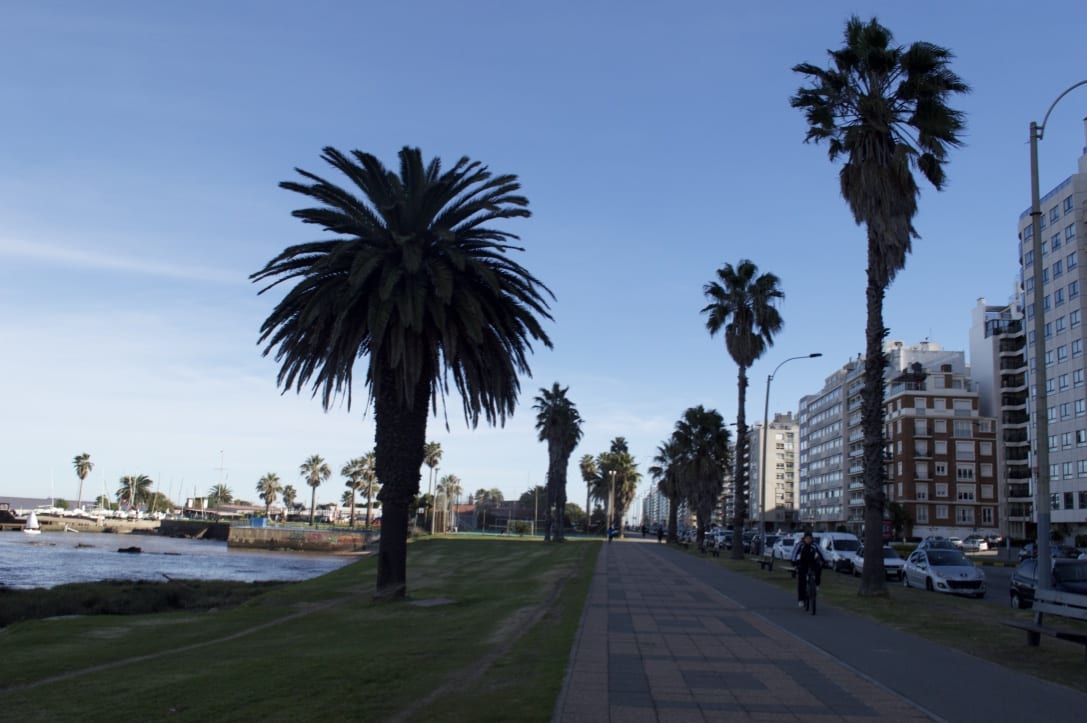
Parque Rodó: One of the most attractive parts of the city, the park houses Spanish tile benches along the lake. There is a library in the park which is a replica of a medieval castle.
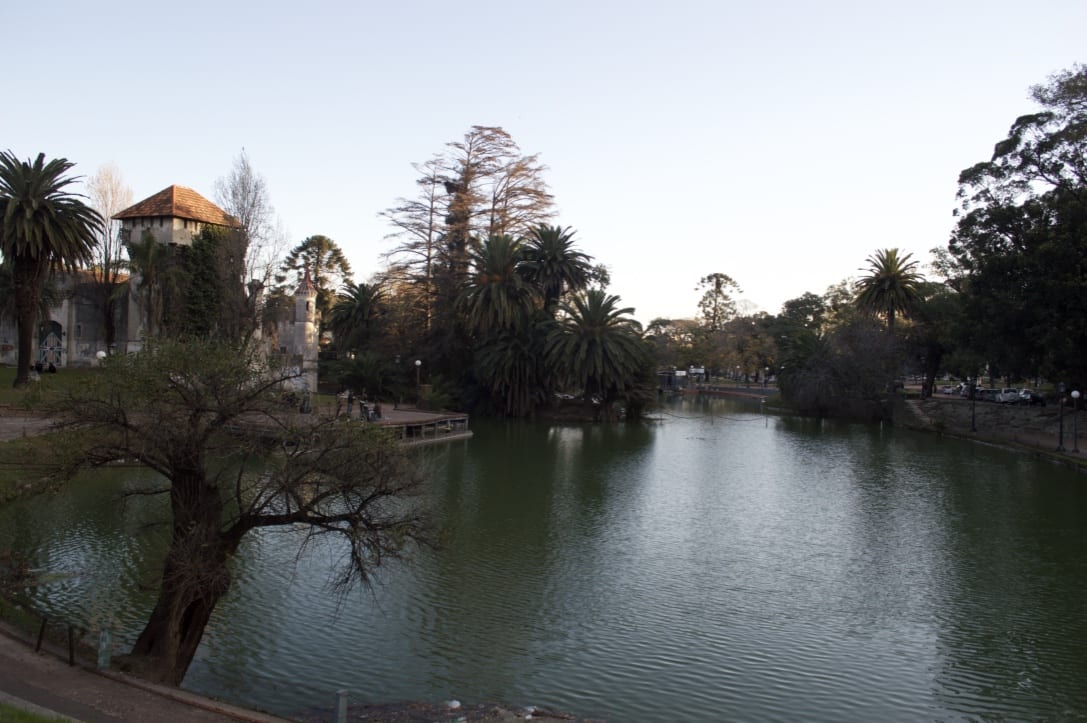
Pocitos: Montevideo’s first residential neighbourhood lying against the Rambla. On one end of the neighborhood the “Arenas del Plata” stadium is located, where national and international sporting competitions are held.
Getting Around:
The city could be explored best on foot. Though there are busses connecting almost all corners of the city with its neighborhood.
Where To Stay:
- Parque Hostel : San Salvador 2101, Montevideo, Montevideo, Uruguay.
- Willy Fogg Hostel: C/ Maldonado 977, Montevideo, Uruguay.
- Pocitos Hostel: Avenida Sarmiento 2641, esq. Fco. Aguilar, Pocitos, Montevideo, Uruguay
- La Tatucera Montevideo Hostel: Wilson Ferreira Aldunate 1182, Montevideo, Uruguay
- El Viajero Hostels: Soriano 1073, Montevideo, Uruguay
Author’s Tip: Take a 2 hours free guided walking tour through the ciudad vieja to get a better idea of the city. Click here to know more.




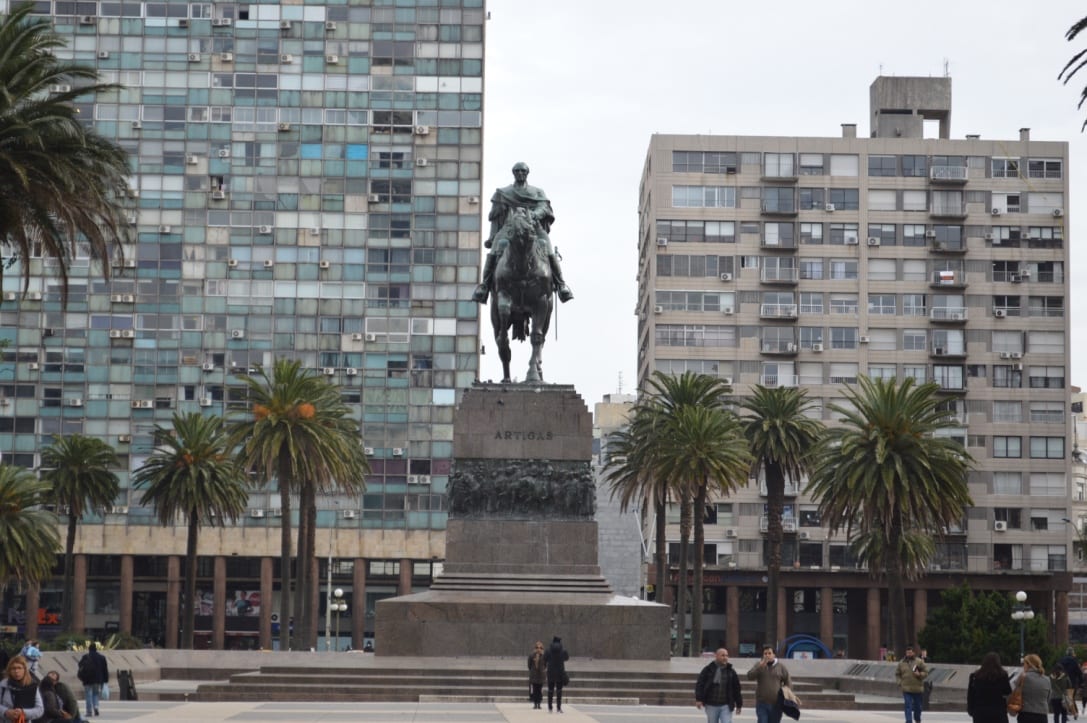





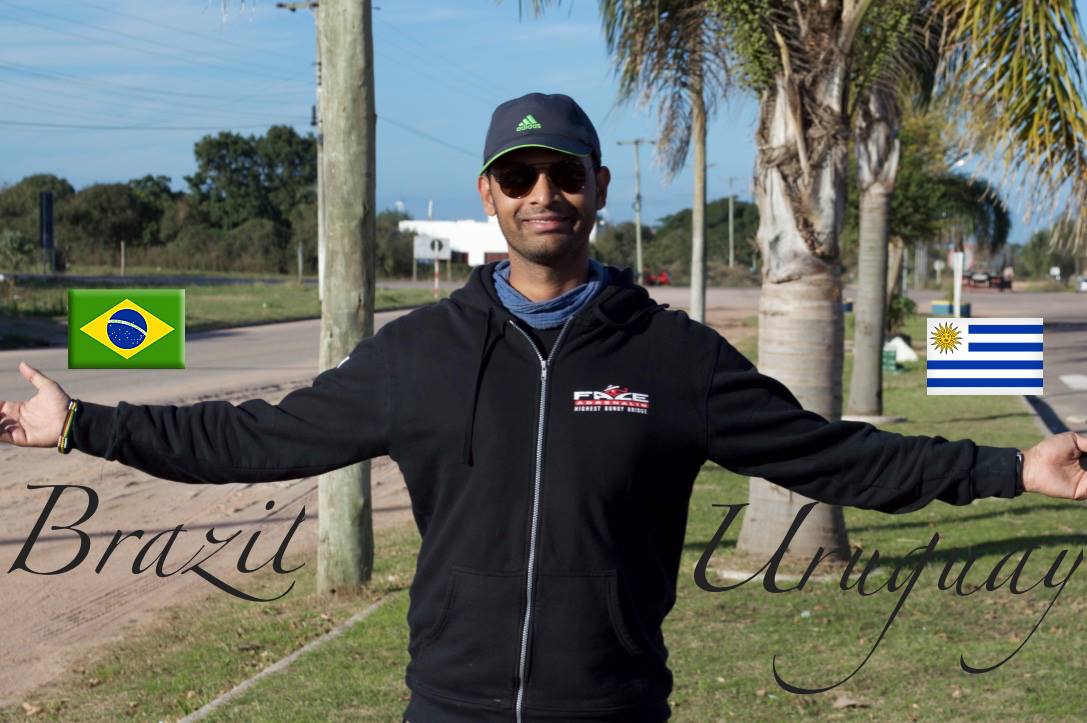
I love your post!!!
Thanks a lot Aja. 🙂
Wonderful post about Uruguay! Very detailed and well explained!
Never been to Uruguay, but Montevideo sounds amazing with so much to offer!
I haven’t yet been to Latin America but I can’t wait to go see it some day. Thanks for the guide! I’m sure it’ll be useful for my eventual trip 🙂
The information in this post is incredible! I feel like when I visit, I’ll just print this out and follow your guide directly! I’ve only been to Punta Del Este, and now I am really looking forward to Montevideo. Thank you!
Perfect guide for Montevido from transportation to top attractions! Never been here but would really love to and explore the Parque Rodó and the rest of the spots. 🙂
Its always interesting to see monuments and public spaces and learn of the history they represent. Parque Rodo looks beautiful!
Montvideo comes across as a charming and elegant city, would love to stroll on the streets of the old city. Another place of particular interest for me would be the Seafront.
I had no idea Montevideo had so much to offer. Uruguay seems like a pretty amazing place to visit!
I’ve not yet been to Uruguay, but have definitely enjoyed exploring some of the other South American capitals. So much history and culture to discover!
I am traveling through all countries in the continent. My first stop was Uruguay and it’s simply stunning. Although a bit pricey, the country has a unique charisma that would make you hard to leave it.